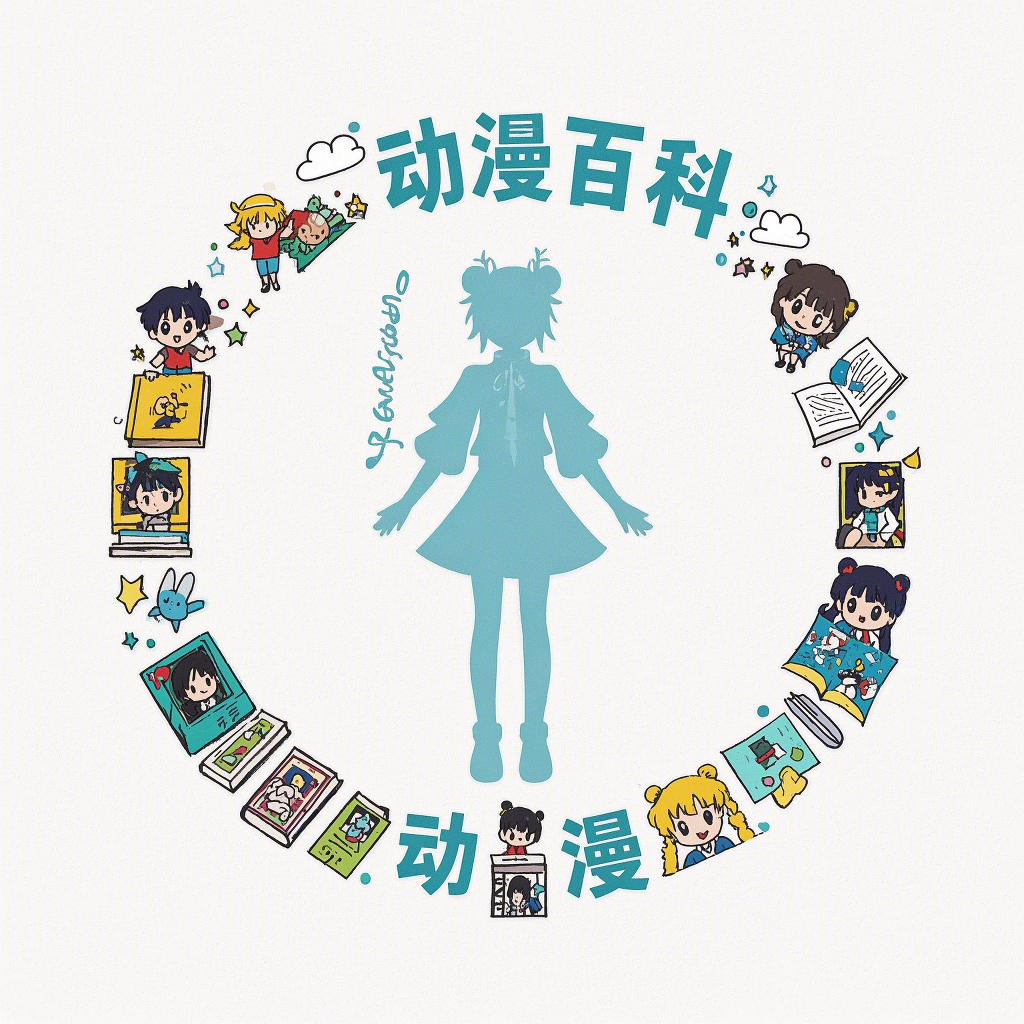Anime, a term derived from “animation,” has transcended its origins to become a global cultural phenomenon. English essays on anime cultures have provided a platform for scholars, enthusiasts, and casual observers to explore the multifaceted world of anime. This article delves into the various aspects covered in these essays, offering insights into the history, themes, and impact of anime on global cultures.
The Evolution of Anime
Early Days: The Roots of Anime
Anime’s roots can be traced back to the early 20th century, with the influence of Japanese silent films and European animation styles. Early anime, such as “The Tale of the Black Scorpion” (1917) and “The White Snake” (1926), were heavily influenced by traditional Japanese art and folklore.
Early anime examples, such as "The White Snake," showcased a blend of traditional Japanese art and folklore.
Golden Age of Anime: The 1960s and 1970s
The 1960s and 1970s marked the golden age of anime, with the advent of television and the rise of companies like Toei Animation and Tatsunoko Production. Series like “Astro Boy” (1963) and “Kimba the White Lion” (1965) gained international acclaim.
The 1960s and 1970s saw the golden age of anime, with iconic series like "Astro Boy" and "Kimba the White Lion."
Modern Era: Diverse and Global
The modern era of anime has seen a surge in creativity and diversity. Today, anime encompasses a wide range of genres, from fantasy and mecha to slice of life and horror. The global reach of anime has also expanded, with Japanese animation studios collaborating with international partners.
The modern era of anime is characterized by its diversity and global reach, with collaborations between Japanese studios and international partners.
Themes in Anime
Social Commentary
Anime often serves as a medium for social commentary, addressing issues such as war, environmentalism, and human rights. Essays on anime cultures have explored how these themes are portrayed and interpreted by audiences.
Anime frequently serves as a medium for social commentary, addressing issues such as war and environmentalism.
Gender Roles and Representation
Gender roles and representation in anime have been a topic of discussion in English essays. These essays analyze how anime portrays male and female characters, and the impact of these portrayals on viewers.
English essays on anime cultures have analyzed the portrayal of gender roles and representation in anime.
Cultural Identity and Nationalism
Anime often reflects cultural identity and nationalism, showcasing elements of Japanese history, mythology, and folklore. Essays have explored how anime contributes to the preservation and promotion of Japanese culture.
Anime reflects cultural identity and nationalism, showcasing elements of Japanese history and folklore.
Impact of Anime on Global Cultures
Globalization and Media Exchange
Anime has played a significant role in the globalization of media. Through streaming platforms, fans around the world can access and enjoy anime series, leading to a global exchange of ideas and cultural influences.
Anime has contributed to the globalization of media, fostering a global exchange of ideas and cultural influences.
Fan Communities and Cultural Exchange
Fan communities have emerged as a result of anime’s global popularity. These communities provide a platform for fans to discuss, share, and create content related to anime, leading to cultural exchange and the formation of new identities.
Fan communities have formed around anime, facilitating cultural exchange and the formation of new identities.
Economic Impact
Anime has a significant economic impact, with anime-related merchandise, conventions, and tourism contributing to the global economy. English essays have explored the economic implications of anime’s popularity.
Anime has a significant economic impact, with anime-related merchandise and tourism contributing to the global economy.
Conclusion
English essays on anime cultures have provided valuable insights into the history, themes, and impact of anime on global cultures. By exploring the evolution of anime, the themes it addresses, and its impact on global societies, these essays have contributed to a deeper understanding of this unique cultural phenomenon. As anime continues to evolve and gain popularity worldwide, the study of anime cultures will undoubtedly continue to grow, offering new perspectives and insights into this fascinating world.
